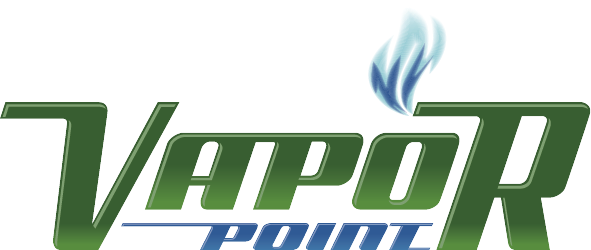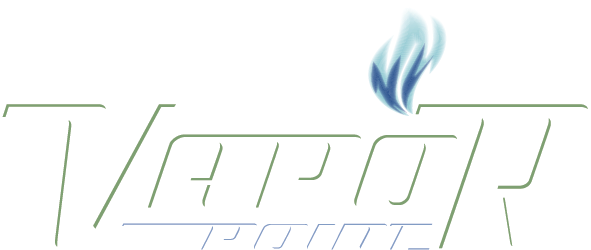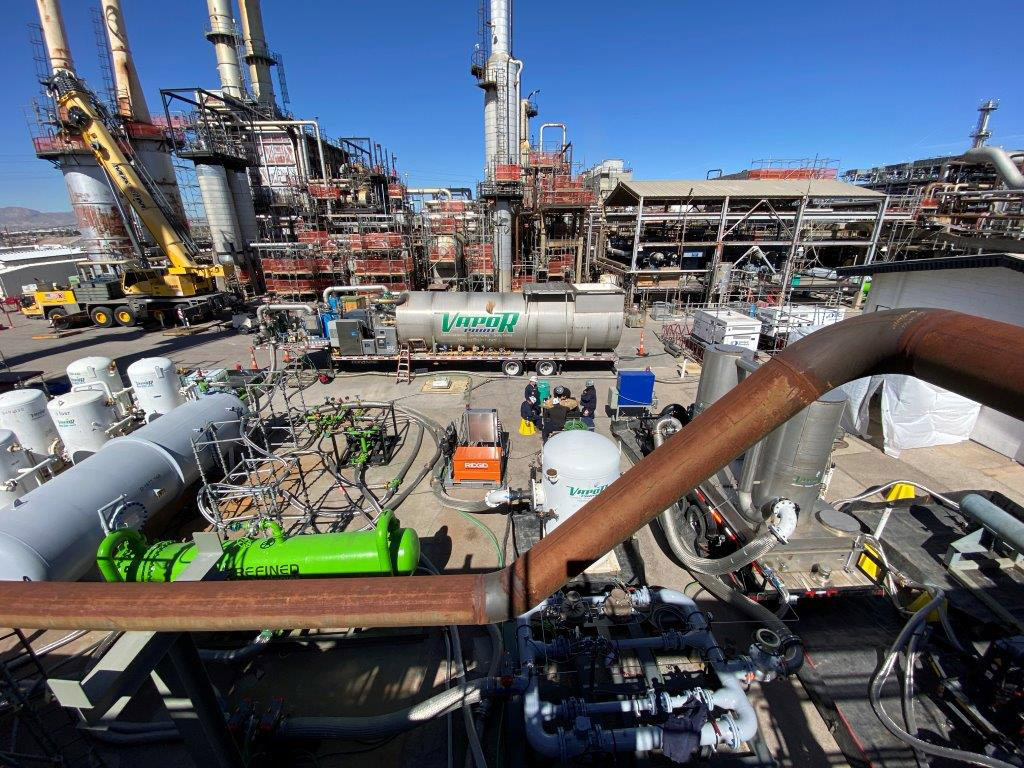Client’s Challenge
A West Texas refinery faced the challenge of complying with Title V permit conditions during a complex unit turnaround while seeking an alternative to flaring. The focus was on the Light Ends Recovery and Crude Unit. The deinventory of liquids and vapor, along with chemical cleaning, needed to be completed within a tight 7-day timeframe to keep up with the turnaround schedule. However, the vapor stream presented challenges with its high BTU content and H₂S levels exceeding NSPS J/Ja limits of 162 ppm.
The Vapor Point Solution
To meet the regulatory environmental and safety standards, Vapor Point employed its thermal combustion technology and H₂S scrubbing. The deployment of two high-capacity 72 MMBTU Vapor Combustors, an H₂S High Flow Scrubber, a Pressure Regulator Skid, and a PLC Control Skid at different refinery locations ensured successful unit deinventory and cleaning vapor control.
Vapor Point actively participated in multiple Process Hazard Analysis (PHAs) and facilitated the refinery's integration of the Vapor Point process into the shutdown procedure. As a result of the project’s success, the Vapor Point process design and operation will be part of the standard Tile V Flare Minimization practice during future turnarounds.
Vapor Point’s Results
With unwavering commitment to environmental and safety standards, Vapor Point achieved the project's objectives without any deviations. The refinery received an Emissions Report as documentation, showcasing compliance with relevant permit conditions and regulations. In total, Vapor Point processed over 20 tons of VOCs, effectively eliminating them from flaring.


